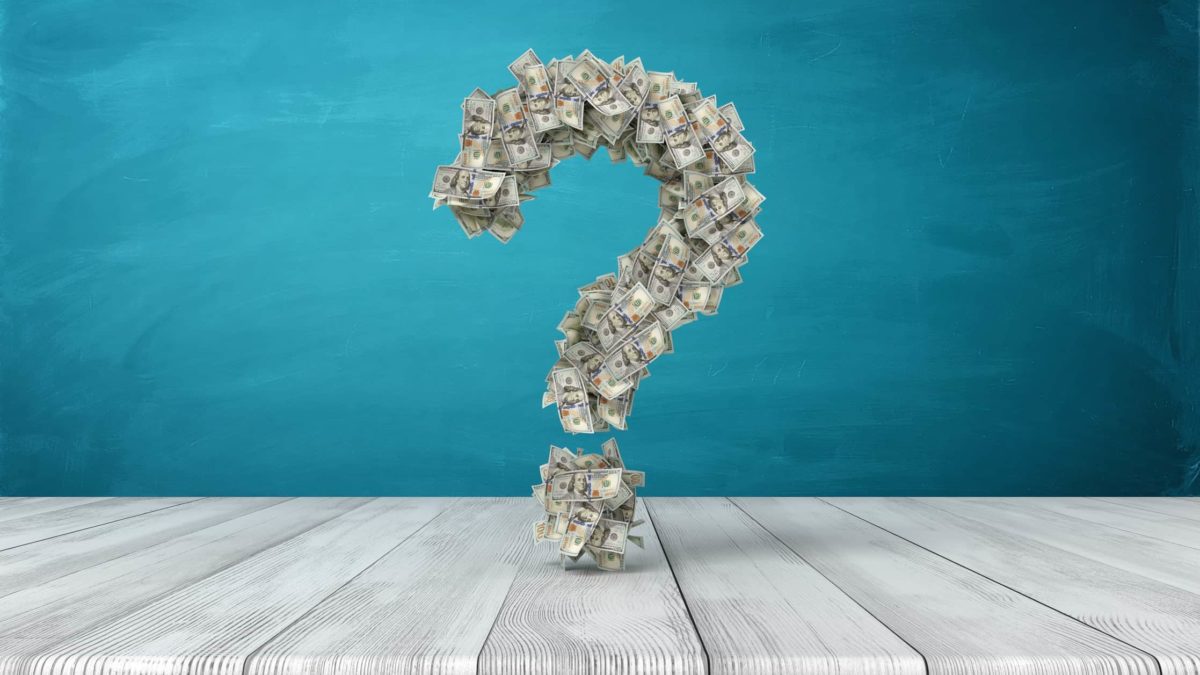If you are asking yourself if now is a good time to be investing in ASX shares, you are asking yourself the wrong question.
It's understandable why would-be investors will be pondering this issue in this volatile COVID-19 environment and amid the unfolding reporting season.
But there are more important matters that newbies need to be focusing on instead of trying to time the market.
Timing the market vs. time in the market
The fact is, trying to time the market is usually a futile exercise. Experts often get this wrong, so what chances do amateurs have?
Further, lots of studies have shown that it isn't timing but how long you remain invested that makes the biggest difference over the longer run.
As long as you can afford to put aside a regular amount every month, the time to invest is now!
But before you hit the "buy" button for the first time, you should at least have answers to the following questions.
What are my investment objectives?
Sounds like a basic enough question, but "making money" or "building wealth" aren't the right answers. Your objectives need to be more specific as it will influence how and where you invest.
The answer could be "to save for a deposit for a home in three years" or "provide for my retirement in 30 years". The key here is to know what you are saving for and how long you have to achieve this.
The time component is critical. The longer you have to invest, the more risks you can take. This will help determine whether you should be more of a "growth" or "income" investor.
How much do I need to start investing?
It's probably better to rephrase this common question to "how much do I need at the end?". This gives you an idea of how much you need to start with, and how much extra you need to put in at regular intervals.
You can use the average compound annual growth rate (CAGR) of the S&P/ASX 200 Index (Index:^AXJO) as a benchmark. The 30-year CAGR is 8.9%, according to the Australian Financial Reivew.
But even if you don't have enough to hit your target, you shouldn't use that as an excuse not to save and invest for your future.
Having something is better than nothing and even if you can start with $1,000, it's still worth doing. The only thing is that your investment strategy will have to suit your capital base. If you have only a small amount to invest, an ASX 200 ETF might be a better option than buying shares in one company only.
Should I reinvest my dividends?
This is a question all investors should think about, including those buying "growth" stocks. Many larger cap growth stocks pay a dividend, albeit a modest one.
If you don't need the dividends to cover your living expenses (and ideally you won't), then the rule of thumb is to reinvest the dividends to benefit from the compounding effect.
Choosing stocks with a dividend reinvestment plan (DRP) would be the simplest solution for most retail investors. Just be aware that not all ASX stocks offer a DRP.
Happy investing fellow Fools!









